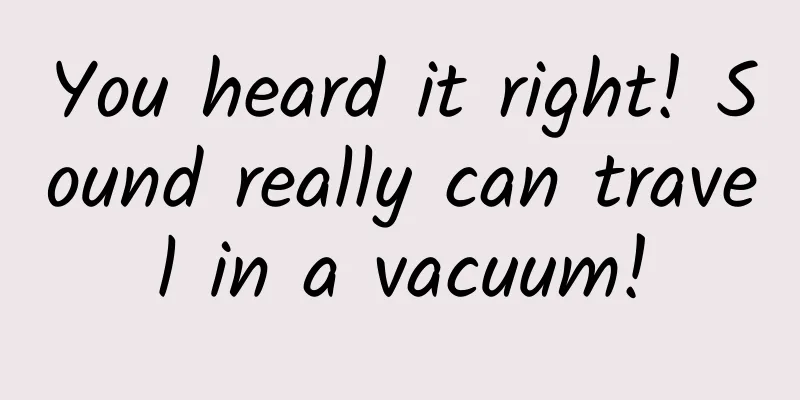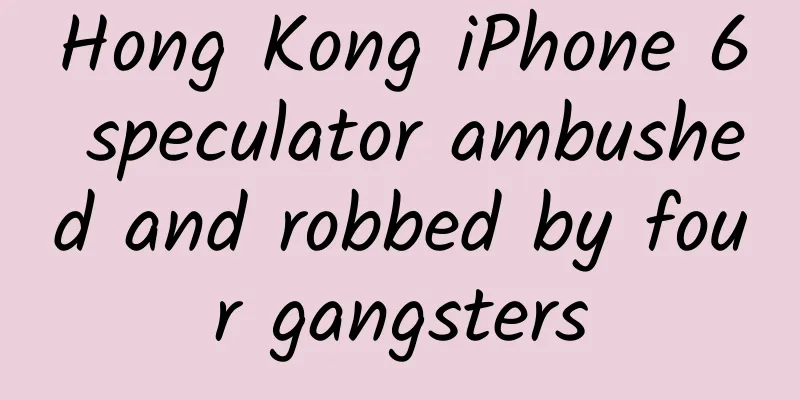AiKop | See the 72 changes of modern ships

|
Do you know the origin of the name "cruise ship"? Do you know what kind of ship is a "courier" at sea? Do you know how offshore "engineers" work? In this issue, the editor will take you to see a modern ship, which will definitely open your eyes! Let's go! I want to take you to romantic Türkiye Then we went to Tokyo and Paris together I really like Miami. and Los Angeles with black people Actually, dear, you don't have to be too surprised Let's go to the bustling Shanghai and Beijing together And Dali in Yunnan preserves the memories This is what makes sense After hearing this song, do you also feel excited? Then follow me on board the cruise ship. ▲ The past and present of cruise ships Cruise In the early days of postal services, intercontinental mail services relied on mail ships to deliver letters and parcels from one shore to the other. These British ships often had to fly the signal flag of the British Royal Mail. After 1850, the British Royal Mail allowed private shipping companies to help them carry letters and parcels on a contract basis. This change transformed some passenger ocean-going ships that were originally owned by passenger shipping companies into ocean-going mail ships that flew signal flags and carried passengers as well as mail and parcels. The term ocean liner was born. Cruise However, due to the emergence of jet airliners, ocean liners gradually lost their passenger and cargo carrying functions and competitiveness, and the role of ocean liners also evolved from cruise ships to cruise ships only for pleasure. ▲ The title of “sea courier” is indeed well deserved! Since general cargo ships call at many ports and load and unload cargo frequently, they must follow a certain order when allocating cargo to each hold. This is a very important question. The first order is "last port first, first port second, bottom hold first, second hold second". This is actually the same as the common courier loading of cargo trucks. The last delivered goods must be put into the truck first, and the first delivered goods must be put in last. The second order is "special first, general later". For some special cargoes, such as dangerous goods, refrigerated goods, heavy cargoes, etc., first choose the appropriate space according to their special requirements and concentrate them as reasonably as possible. The third order is "large tickets first, then small orders", which is easy to understand. It means that large quantities of tickets are concentrated in one or two cabins to avoid being split up in the end because no suitable concentrated cabins can be found. In addition to considering the order of cargo stowage, the configuration of prohibited cargoes must also be considered. Prohibited cargoes refer to cargoes that conflict with each other due to physical or chemical properties or that are not suitable for mixing in the same cargo hold due to special cargo requirements. For example, spices must not be loaded in the same cabin with goods such as mothballs and rubber, as this will cause odor contamination; cotton, tea, and cigarettes are goods that are sensitive to moisture, and must not be loaded adjacent to goods such as fruits and grains that emit moisture, to prevent the goods from becoming moldy and spoiling after being exposed to moisture; beef, mutton, and pork are allowed to be loaded together. In addition to these precautions, there is another key part of cargo placement, which is balance. The cargo on both sides must be kept equal to prevent tipping. Engineering vessels are often used for dredging waterways, rescue and salvage, offshore construction, water conservancy construction, port operations and ship repair. Salvage Ship Salvage vessels are used specifically to recover sunken ships and other objects from the water. Icebreaker Icebreakers are used to open channels in icy waters and rescue ships trapped in ice. Cable laying ship Cable-laying vessels are specially used for laying submarine cables. Floating crane Also known as a crane ship crane, it is mainly used for loading and unloading large cargoes at ports. Fire Boat Fireboats are specially designed to extinguish fires on operating ships, oil fields, and on or near water buildings. Teaching ship Teaching ships are used for teaching and practice in marine and maritime professional colleges. This ship is the teaching ship used by Shanghai Maritime University. ▲ If you want to see more ships, come to the China Maritime Museum~ |
<<: Why is Bluetooth called "Blue"? Can't it be called "White"?
>>: There are obviously not many cars and no accidents, so why is there a traffic jam?
Recommend
How to make a good product operation plan!
This document introduces two contents: the first ...
Today in the History of Science and Technology | 1844·7·3 The last "Arctic penguin" in the world became extinct
180 years ago today, on July 3, 1844, the last pa...
Why does CATL invest in car companies? The trend of upstream and downstream integration of the new energy vehicle industry chain is strengthening
event: (1) According to media reports such as 36K...
Sunglasses should be replaced every 2 years, otherwise it’s the same as not wearing them?
gossip “Do I need to replace sunglasses every two...
How do subtitle groups translate American TV series?
Generally speaking, the translation of American T...
Is Wenchang Tower really useful? Correctly understand the role of Wenchang Tower
The function of Wenchang Tower is to promote chil...
Low-speed electric vehicles: Regulations are becoming clearer and it is time for capital to enter the market
"Three months ago, I was an official, and no...
The complete set of tricks to attract traffic to Douyin, pure practical stuff!
1. Let’s talk about Douyin’s recommendation mecha...
I wrote a few more words on the ad landing page, and the conversion cost doubled. The boss was so distressed that he cried...
Not long ago, I participated in a click test on a...
Equipped with exclusive Leopard Power technologies such as DMO and Yunniang-P, Leopard 5 blind orders for 300,000 to 400,000 yuan are now available
On August 25, the "Born Strong, Electric and...
How to write a hit title that generates traffic?
How important is a good title? David Ogilvy, the ...
Is the agency fee for Qitaihe Snack Mini Program high? Qitaihe snack applet agency fee
Qitaihe snack app agents are generally divided in...
B station advertising costs, advertising advantages and delivery process
B station advertising fee description Friends who...
APP can no longer produce dark horses. All fields are becoming saturated.
Not long ago, the industry announced the third qu...









